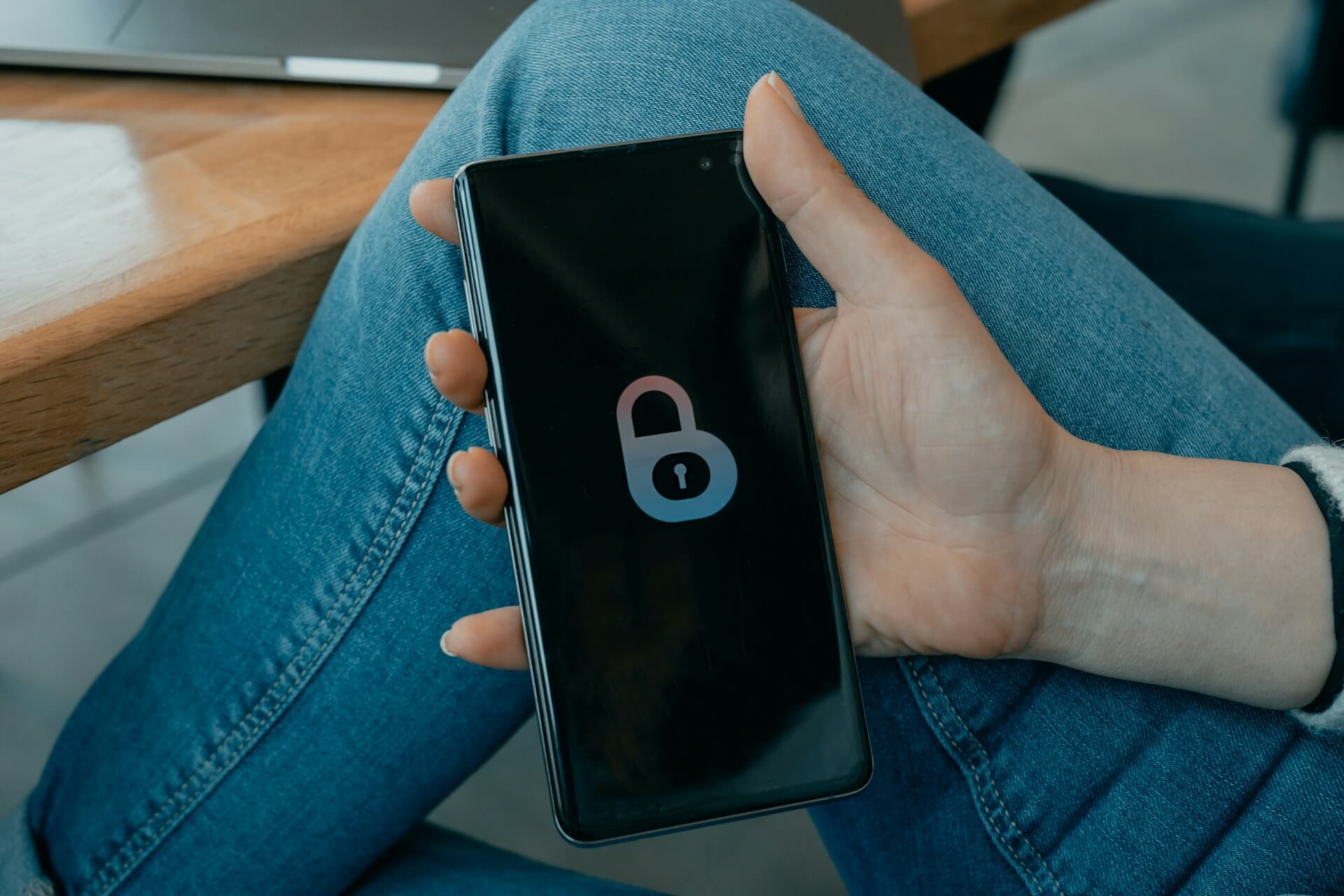
Almost everybody these days is hooked up on one form of social media or another – be it Facebook, Instagram or Twitter. Although there are positives to internet linking, it exposes people to certain dangers too. Social networking platforms’ users and even companies face great disturbances as hackers currently have means of hijacking digital identities.
Why Social Media is a Target for Hackers
Why are social media accounts important to hackers? In these accounts, there’s numerous private data like one’s email, cell number, photos, and even credit card information sometimes. Such information can be handy to identity thieves and fraudsters in general.
Additionally, social media accounts are often less protected than other online accounts, making them easier to hack, and for instance, you can learn more about Whatsapp scams here moonlock.com/whatsapp-scams. The large number of users also gives hackers plenty of chances to find vulnerabilities.
How Hackers Get Into Social Media Accounts
There are different ways hackers can gain access to your social media accounts. Some of the most common methods include:
1. Phishing Scams
Phishing is a common way in which hackers can obtain someone’s access particulars through deceitful means. This could be in the form of an email or chat, appearing like it originates from Facebook or any other social media site. Such messages normally have links that resemble actual login pages. In case you give out your particulars, a fraudster will be capable of stealing your account.
The trickiness of these scams arises from their apparent authenticity. Therefore, one must be careful enough and never click on any links or open attachments in messages sent by strangers.
2. Using Stolen Passwords (Credential Stuffing)
Hackers also engage in credential stuffing. Here, cybercriminals make use of compilations containing taken logins and passwords to attempt gaining entry into victims’ social media profiles by guessing that they might have used identical keys on different accounts.
This is why it’s so important to use different passwords for each of your online accounts. In case someone steals your password during a breach, they may attempt to apply it on various websites.
3. Malware and Keyloggers
Hackers also utilize malware, such as keyloggers, for stealing of your login data. These keyloggers monitor every stroke of the keyboard, enabling the hacker to collect information on what is typed, including user identification and password among others. Normally, this kind of malicious software gets into your computer after downloading some questionable files or clicking links on an unsafe webpage.
Once the hacker has your login info, they can take control of your account.
What Happens After Your Account Gets Hacked
When a hacker gets into your account, so much can happen. For example, they could spam, send harmful links to people who follow you or modify some parameters of your profile. Occasionally, it is possible for them to take away some sensitive information about you and prevent you from accessing your account through altering both the password and recovery particulars.
For businesses, a hacked social media account can cause serious problems. Customers might lose trust, and the brand’s reputation could take a hit. In some cases, hackers might even use the account to steal money or spread harmful content.
How to Protect Your Social Media Accounts
Luckily, there are steps you can take to keep your social media accounts secure:
1. Use Proper Passwords
When you come up with a password, make sure that it is not weak enough to allow unauthorized entry. Do not use simple words that can easily be predicted or any private details such as names and days of birth. Instead, employ a combination of digits, characters and letters in your passwords. And most importantly, make sure you use different passwords for every account.
2. Enable Two-Factor Authentication (2FA)
Adding an extra layer of security is what two-factor authentication does. Your password will not be enough for anyone who might have taken it alone to get into your profile; this is where the second step of verification comes in (e. g., typing a code that was sent to you mobile). It is simple to install and considered as among top measures for safeguarding one’s account.
3. Be Careful with Links and Emails
Always doubt messages that you did not ask for, especially if they require some information about you or have hyperlinks. In case you receive an email or text stating that it is from a social media site and requesting for your login details or asking you to click a link, make sure that you examine the sender’s particulars very closely. If you are unsure, go straight to the website, don’t follow the links in the message.
4. Check Account Activity Regularly
Almost all social media platforms have a feature that allows you to view your login history. It is important to check this information every now and then just to confirm that no unauthorized person has managed to log into your user account. Whenever you notice any doubtful activity, do not hesitate in modifying your passcode.
Wrapping Up
People who want to take control of other’s social media accounts never rest. They have many options for achieving this goal such as phishing or malware attacks to steal logins. However, one can prevent it all by being cautious enough: create reliable passwords, turn on two-factor authentication and remember about dangers around. It does not require much effort, but taking some measures will ensure that your accounts in social networks are protected from different hazards of the internet.
